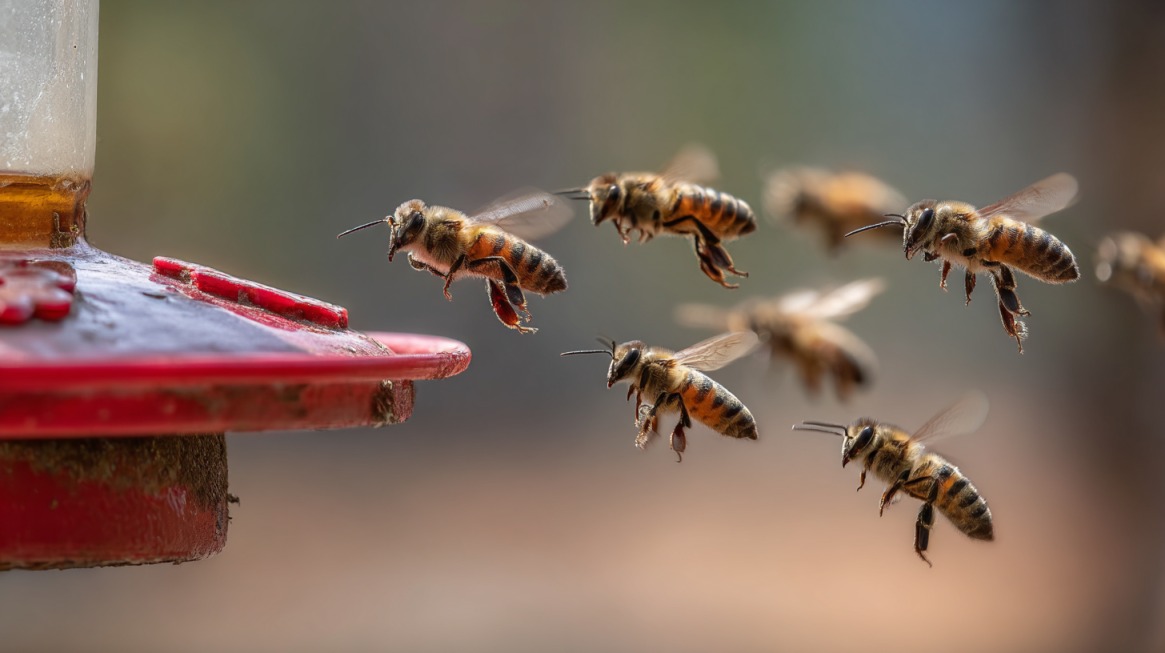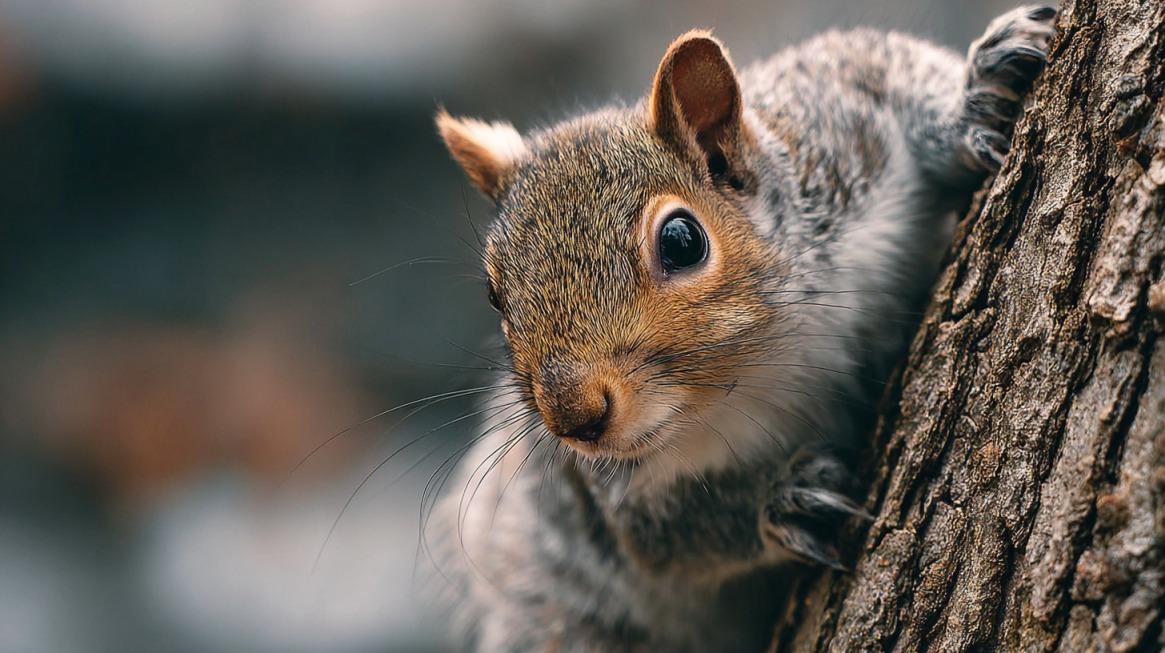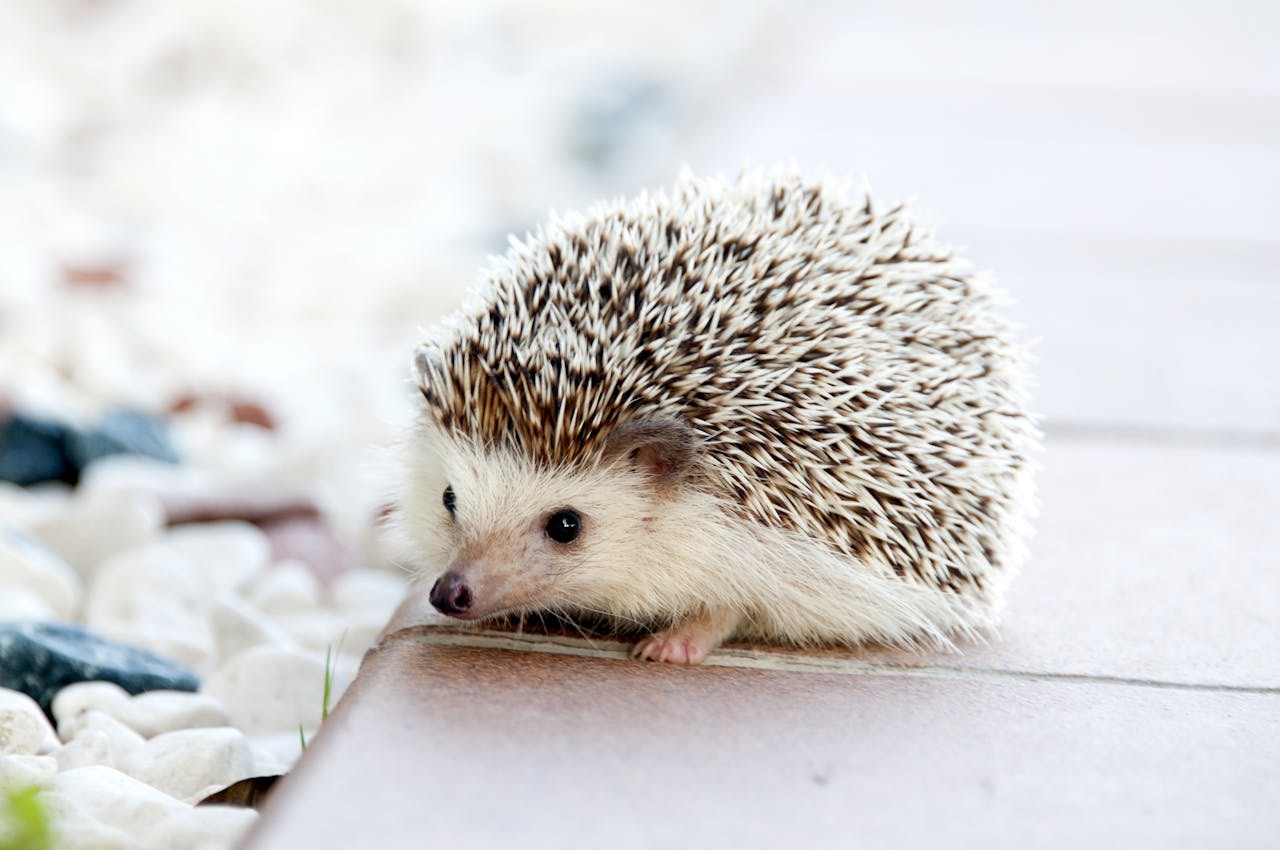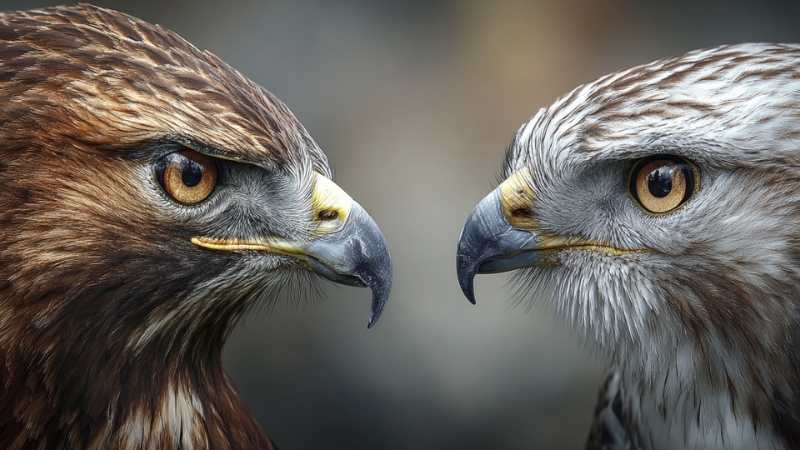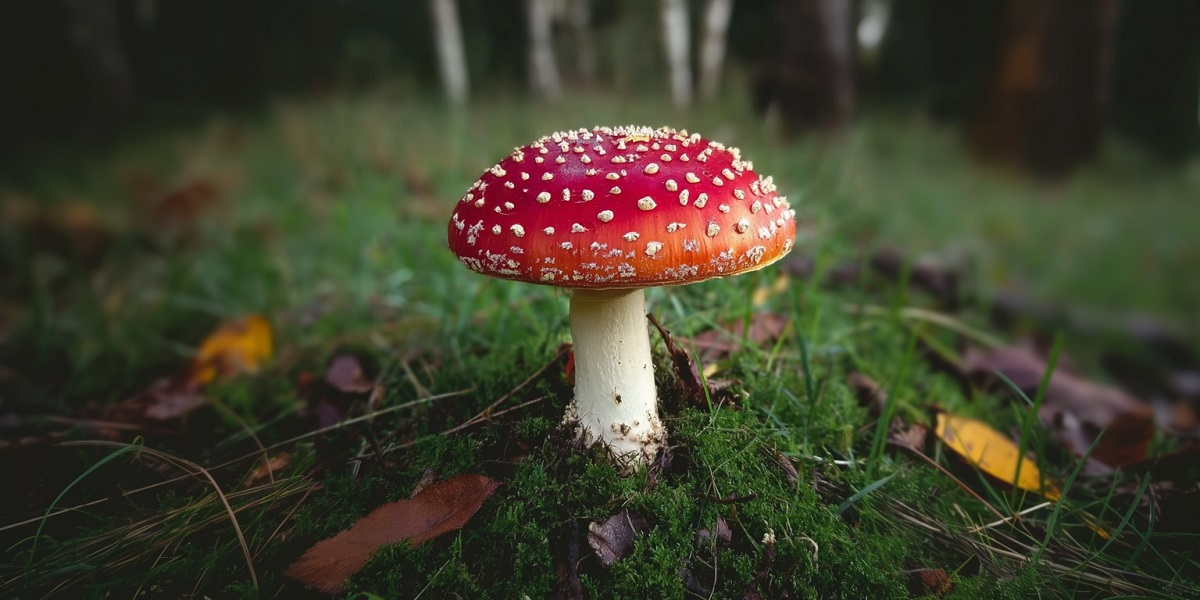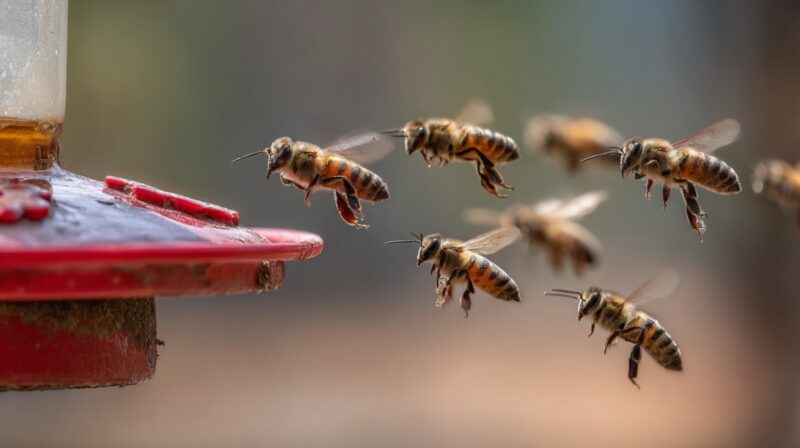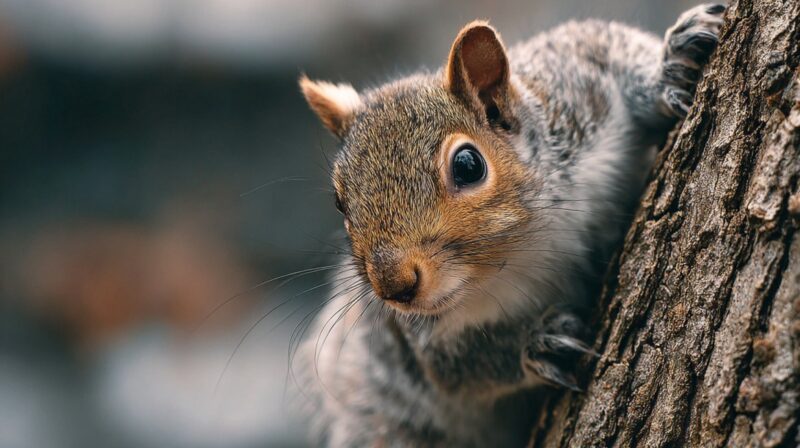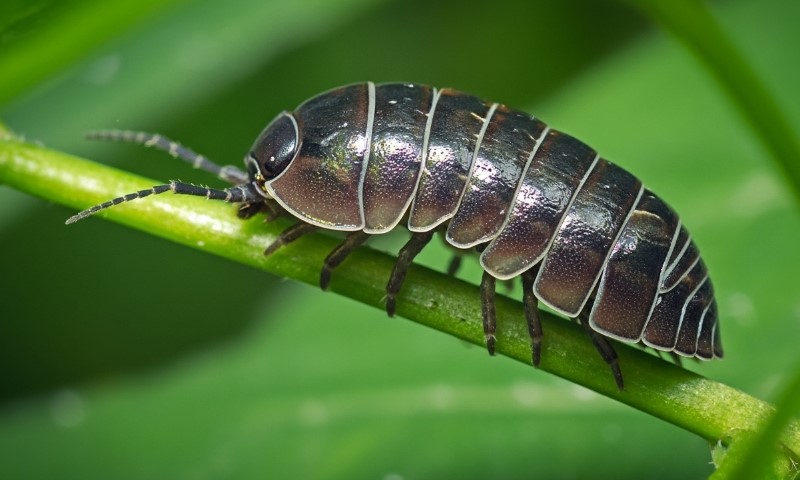
Share Post:
Most people know the roly-poly, the tiny gray creature that curls into a ball, as a harmless backyard bug. But few realize that it’s one of the most unusual land-dwelling animals on Earth. The roly-poly, also known as the pill bug or Armadillidium vulgare, isn’t an insect at all; l, it’s a terrestrial crustacean, more closely related to shrimp, crabs, and lobsters than to beetles or ants. Its biology, behavior, and ecological role are full of surprises that make it a marvel of evolution.
This article uncovers 10 weird and wonderful facts that reveal how these tiny “armored recyclers” survive on land, why they’re crucial for the planet, and what hidden abilities make them so unique.
Table of Contents
Toggle1. Roly-Polies Are Crustaceans, Not Insects
Despite their bug-like appearance, roly-polies belong to the crustacean class Malacostraca. Their distant relatives include crabs, crayfish, shrimp, and krill. Over millions of years, they evolved from aquatic ancestors into one of the few crustaceans capable of living entirely on land.
They breathe through modified gills called pleopodal lungs, which require a humid environment to function. That’s why you usually find them under wet leaves, stones, or decaying logs. If the air becomes too dry, they quickly lose moisture through their gills and die within hours.
| Trait | Roly-Poly (Pill Bug) | Insect |
| Scientific Class | Crustacea | Insecta |
| Legs | 14 (7 pairs) | 6 (3 pairs) |
| Breathing System | Gills (moisture-dependent) | Tracheal tubes (air) |
| Relatives | Crabs, lobsters, shrimp | Ants, beetles, flies |
This classification places them closer to marine life than terrestrial insects, which explains many of their strange traits, like their need for moisture and calcium-rich shells.
2. Their “Armor” Is Real and Functional
The pill bug’s body is protected by a segmented exoskeleton made of calcium carbonate, the same mineral found in seashells. This shell provides defense and prevents water loss, but it also makes molting complex (as you’ll see later).
Each segment of their exoskeleton is called a tergite, and together they form a flexible shield. This armor lets them move fluidly while still withstanding pressure from predators or falling debris. When threatened, they perform conglobation, curling into a perfect sphere to protect their vulnerable legs and underbelly.
3. They Drink Through Their Bodies, Not Their Mouths
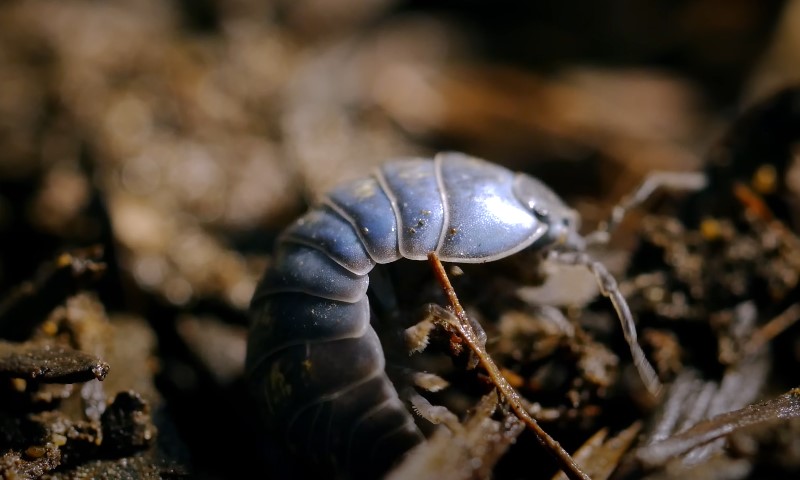
Pill bugs don’t lap up water like other creatures. Instead, they absorb moisture through specialized organs on their underside called uropods. These allow them to draw water directly from damp soil, condensation, or even humid air.
When conditions are dry, they enter a semi-dormant state, limiting movement and curling up to conserve internal moisture. This adaptation allows them to live in environments too dry for most crustaceans while still depending on humidity to survive.
| Behavior | Function |
| Water absorption via uropods | Pulls moisture from the air or soil |
| Curling into a ball | Prevents water loss |
| Living in shaded habitats | Maintains gill humidity |
4. They Breathe With Gills, Yes, Really
Even though they live on land, roly-polies never evolved lungs. They breathe using pleopodal lungs, which are modified gills located on the underside of their abdomen. These gills must remain moist at all times, so the bugs are most active at night or after rain.
Their gills reveal their oceanic ancestry. In fact, scientists often refer to them as “land shrimp” because they bridge the evolutionary gap between marine crustaceans and fully terrestrial arthropods.
When humidity drops below 50%, their gills begin to dry out, and oxygen exchange becomes impossible. This is why you rarely see them wandering across dry sidewalks; they simply can’t breathe there.
5. They Glow Under UV Light
@oddanimalspecimens Pill Bugs, or roly polies, are not insects and they breathe through gills. #animals #science #learnontiktok
One of the strangest discoveries about roly-polies is that their exoskeletons fluoresce under ultraviolet (black) light. When exposed to UV rays, they emit a pale blue or greenish glow.
Scientists believe this may be due to calcium compounds and waxy layers in their shells that reflect UV radiation. Some researchers hypothesize that this trait might help them avoid predation by breaking up their visual profile under moonlight or by signaling molting stages to other pill bugs.
| Lighting Condition | Visual Appearance | Fluorescence |
| Natural light | Gray to dark brown | None |
| UV / blacklight | Faint blue-green glow | Mild fluorescence |
If you own a UV flashlight, try shining it on a few pill bugs under a log; they look almost like tiny, glowing stones.
6. They Molt in Two Phases, first front, Then Back
Molting (or ecdysis) is essential for growth because their hard shells don’t stretch. But unlike most arthropods, pill bugs molt in two stages. First, they shed the posterior half of their exoskeleton. A few days later, they shed the anterior half.
This unique method allows them to remain mobile and partially protected during the process. During molting, pill bugs are extremely vulnerable to dehydration and predation. You can sometimes see individuals that appear half white and half gray; those are in mid-molt.
They usually eat their shed exoskeleton afterward to recycle calcium and nutrients, a highly efficient natural habit.
7. They Can Absorb and Store Heavy Metals
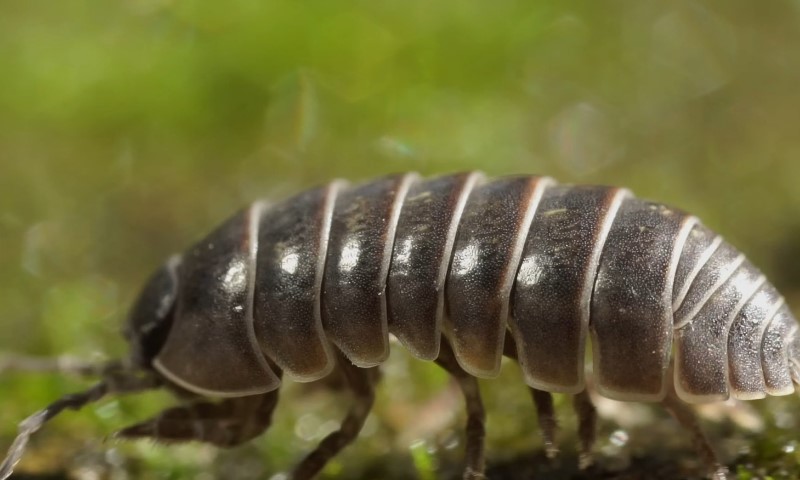
Roly-polies are sometimes called “bioindicators” because their presence reveals the environmental health of soil. They can ingest and store heavy metals such as lead, cadmium, and copper without dying, sequestering them inside their bodies.
This process helps detoxify contaminated soil by converting dangerous, soluble metal ions into non-reactive mineral granules. Environmental scientists have studied their potential for bioremediation, a natural way to clean up polluted areas.
| Metal | Environmental Source | Roly-Poly Role |
| Lead (Pb) | Industrial runoff, old paints | Sequesters and neutralizes |
| Cadmium (Cd) | Fertilizers, batteries | Accumulates in the exoskeleton |
| Copper (Cu) | Mining, pipes | Tolerates high concentrations |
Their diet of decaying leaves and wood further aids in nutrient cycling, making them crucial soil custodians.
8. Mothers Carry Babies in a Pouch (Like Kangaroos)
Female pill bugs nurture their young in a brood pouch called a marsupium, located on the underside of the body. Eggs are fertilized and held inside this pouch for about 3–4 weeks, where they develop in a fluid environment similar to seawater, a remarkable evolutionary throwback to their oceanic roots.
When hatched, the babies, called mancae, resemble miniature adults and crawl out ready to explore. A single female can produce up to 40 offspring per brood, often raising multiple broods per year in favorable conditions.
9. Their Blood Is Blue
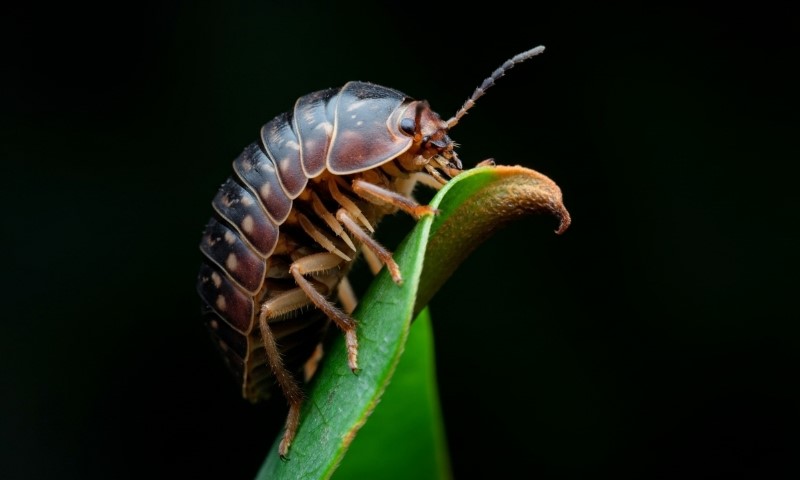
Like crabs and other marine arthropods, pill bugs use hemocyanin, a copper-based molecule, to transport oxygen. When oxygenated, hemocyanin turns bright blue, unlike human hemoglobin, which turns red due to iron.
This ancient blood chemistry is another clue to their marine ancestry and helps them survive in low-oxygen soil environments. It’s also why crushed pill bugs may appear bluish instead of red.
| Blood Type | Oxygen Carrier | Color |
| Human | Hemoglobin (iron) | Red |
| Roly-Poly | Hemocyanin (copper) | Blue |
10. They Can Live for Years, Longer Than Most “Bugs”
Pill bugs live far longer than most small terrestrial invertebrates. In the wild, their average lifespan is 2 to 3 years, though under stable, moist conditions (such as in terrariums), they can survive up to 5 years.
During winter or drought, they enter a state called diapause, slowing metabolism and remaining inactive until humidity and temperature improve. This cycle helps them conserve energy and moisture, allowing populations to persist even in fluctuating environments.
| Environment | Average Lifespan |
| Wild (variable moisture) | 1.5–3 years |
| Controlled terrarium | 3–5 years |
| Extreme dry climate | A few months (hibernation or death) |
Their longevity makes them essential decomposers, continuously turning organic waste into fertile soil and recycling nutrients that feed plants.
Bonus Fact: They Can Survive Nuclear Contamination
In some post-industrial areas, pill bugs have been found thriving in soil contaminated by radiation and toxic metals. Their resistance to pollutants and ability to bioaccumulate harmful substances make them critical for monitoring environmental damage and studying ecosystem recovery after disasters.
Final Thoughts
Roly-polies might look like unremarkable gray pebbles scuttling across garden soil, but their biology tells an extraordinary story.
They are ancient ocean dwellers that successfully conquered land without losing their aquatic traits, breathing through gills, glowing under UV light, and raising their young in seawater-like pouches.
More than just curiosities, they are vital to Earth’s ecosystems. By recycling decaying matter and detoxifying heavy metals, roly-polies help sustain the fertility and health of soil everywhere they live.
Related Posts:
- 8 Weird and Unusual Pets That Are Very Popular in 2025
- 20 Stunningly Large White Birds (Photos, Facts, And Sizes!)
- 10 Largest Snakes in the World - Facts and Figures
- How Fast Can an Elephant Run? Surprising Facts
- Hummingbirds Are Amazing - Here Are Some Facts That…
- Can Wild Turkeys Really Fly? Myths vs. Facts




